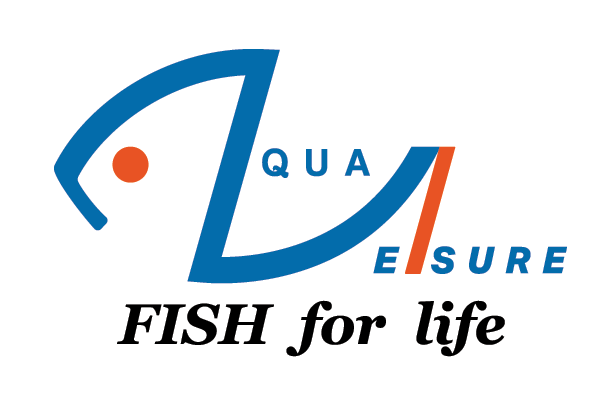ALBINO RED EARED SLIDER
- RM450.00
Albino Red Eared Slider Turtles are available in different color morphs and are also available as the more traditional slider turtle. We recommend starting with them as babies to grow alongside them. Each has their own personalities and it tends to be easier to work with them as babies instead of fully grown.
Since these sliders are aquatic they will spend most of the time in the water. In the wild, they enjoy basking in the warm weather and stack on top of each other. They are easy to scare and the slightest movement or sound will make them react. This makes them “slide” off of each other which is why they are called a slider turtle. These amazing turtles have great personalities and like to be personable. It is not uncommon to see them swimming up close to you expecting to get fed.
- Albino Red Eared Slider Turtles can grow more than 16 inches in length. (40cm). Most range from 6 to 8 inches. (15-20cm). The average adult grows to 12 inches.
- Albino Red Eared Slider Turtles can live as long as 40 years. Most typically live between 20 to 30 years. That’s a long time! The lifespans are determined by their environment and quality of life.
- Albino Red Eared Slider Turtles are one of the most popular albino turtles in the world. They are a subspecies of the pond slider. They originate from the Eastern and Central United States.
- Since these turtles are cold-blooded they use the water to help regulate their temperature
- Contrary to some beliefs these turtles do not hibernate. They go through a process called Brumation. This means they become less active but still come to the surface for air. This usually happens when the temperatures go below 50 degrees.
- Albino Red Eared Turtles were one of the first turtles bred in captivity.
Temperature & Humidity
- Water temperature should be between 75 – 85 degrees Fahrenheit
- You will also need a thermometer submerged under water to make sure it’s the correct temp. Be mindful of the aquariums water quality. Just like any animal, they create waste which can create bacteria and other harmful substances to your turtle. You will need to change the water and make sure it’s the right temperature before introducing your turtle to it.
- We suggest using a de-chlorinating agent to treat the water before you put it back in the aquarium. If you are feeding in the tank you will need to change the water once a week.
- If you are using a feeding tank you should be changing the water twice a month. This includes being drained, cleaned and refilled. Having a separate tank to move the turtle in during cleanings is ideal.
- There are many filers systems on the market. Depending on the aquarium we suggest going with an external canister, internal canister or an under-gravel filter system. To create more room in the tank go with an external filter. Air stones could help you move water and create a better filtration system.
Lighting for your Habitat
- Make sure the stationary light you are using is placed outside of the aquarium or above the screen.
- Your light should be placed 18 to 24 inches from the turtle.
- Never place the light in a way where it can fall into the water. This prevents the turtle from burning or worse killing itself.
- Using an ultraviolet light will help provide the turtle with a sense of its natural habitat.
- We do not recommend filtering the light through glass or plastic
- Do not place the aquarium in direct sunlight to prevent an increase in the overall temperature.
- Anything plugged in should be used with a ground-fault interrupter and held outside and above the aquarium is possible. This will help reduce the risk of electrocuting the turtle.
What do I feed my Turtle?
Keeping a well-balanced diet for your turtle is essential. We recommend using a variety of items to feed your turtle. Since they are omnivores they will need a variety of plant-based items. We recommend using commercial turtle pellets to ensure they are receiving the right amount of nutrition. The diet should be balanced and include a variety of fresh plant materials and protein sources. It can be easier to utilize a feeding tank. They can be messy eaters. This should be fed along with dark green vegetables or other non-toxic aquatic plants such as water lettuce or anacharis. They can also enjoy sliced vegetables like carrots or squashes. Is not uncommon for these types of turtles to enjoy earthworms or goldfish as treats. Fresh chlorine free water needs to be available for drinking at all times. You turtle should always be fed daily. Most of the time your turtle will need to be fed while they are in the water.
Reviews
There are no reviews for this product.



